
Theo Lynn Lead PI, Business Theme Lead
Project Title
CloudLightning
Start Date
February 2015
Project PI
Professor Theo Lynn
Project Completion
January 2018
Project Description
CloudLightning is a three-year €4m EU-funded research project to address energy efficiency and high performance in cloud computing. It develops an intelligent, power-efficient cloud computing infrastructure that will provide energy savings to cloud service providers and simplify access to cloud resources for cloud consumers.
Current cloud infrastructures are mostly homogeneous – composed of a large number of machines of the same type – centrally managed and made available to the end user using the three standard service models: Infrastructure as a Service (IaaS), Platform as a Service (PaaS) and Software as a Service (SaaS). As clouds increase in size and as machines of different types are added to the infrastructure in order to maximize performance and power efficiency, heterogeneous clouds are being created. However, considering heterogeneous clouds consisting of different architectural elements, such as graphics processing units (GPUs), many integrated cores (MICs) and data flow engines (DFEs), poses significant challenges. Market demand for greater resource management at the PaaS and IaaS layers combined with both demand and adoption of heterogenous resources is rapidly increasing complexity of the cloud ecosystem which over time will render traditional cloud management techniques ineffectual.
The CloudLightning self-organising self-managing system will make the cloud more accessible to cloud consumers and provide cloud service providers with power-efficient, scalable management of their cloud infrastructures.
The project’s vision of a heterogeneous self-organising cloud assumes a cloud that makes use of different specialist hardware devices that can accelerate the completion of specific tasks or can be put in a state where less power is used (or indeed deactivated if possible) when not required; thus maximising both performance and energy efficiency.
The availability and utilization of heterogeneous resources in the cloud will open up the cloud to a wider range of stakeholders, particularly in the compute-intensive application space: (1) Genome Processing, (2) Oil and Gas exploration, and (3) Ray Tracing (3D image rendering). Expected impacts for cloud service providers that adopt the CloudLightning delivery model include increased competitiveness through reduced cost and differentiation, increased energy efficiency and reduced environmental impact, improved service delivery, and greater accessibility to cloud computing for high performance computing workloads.
